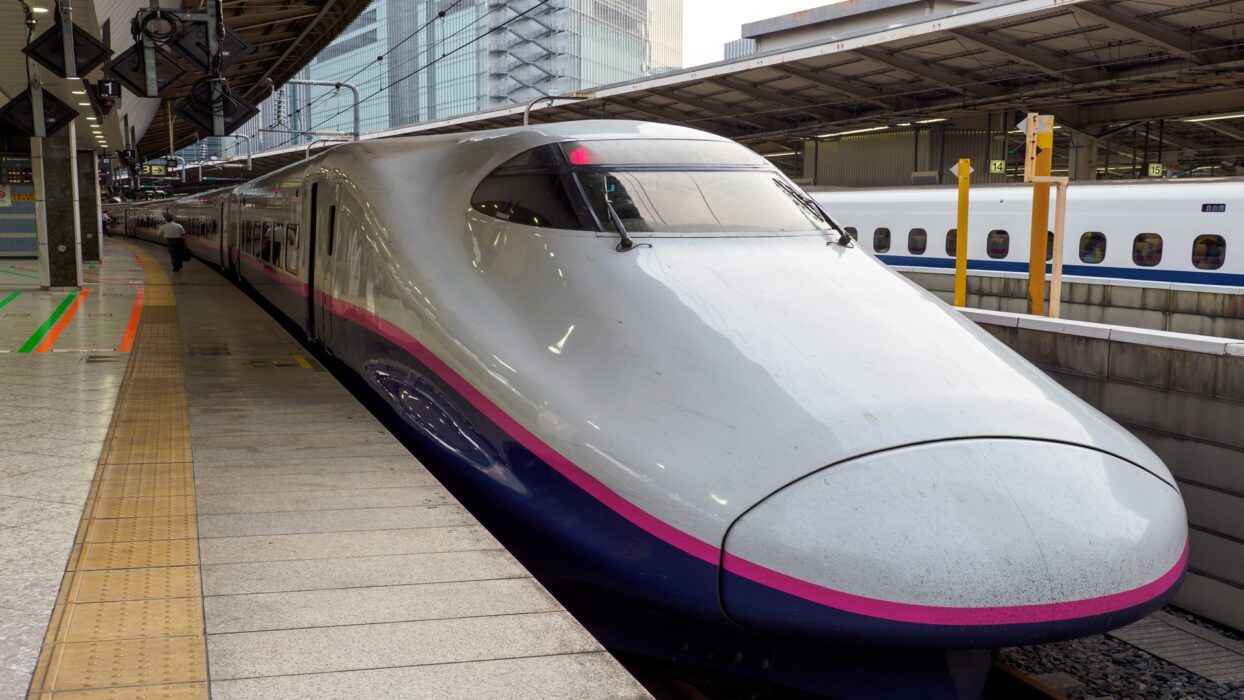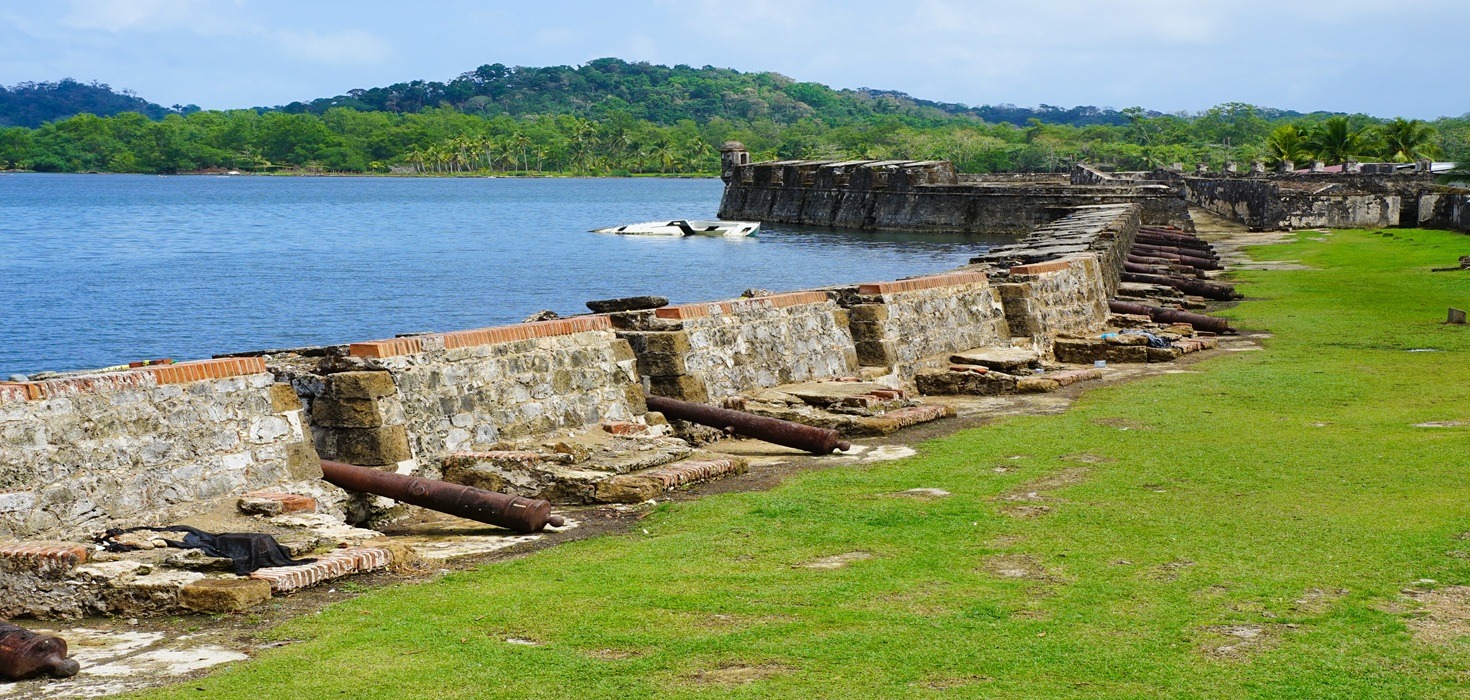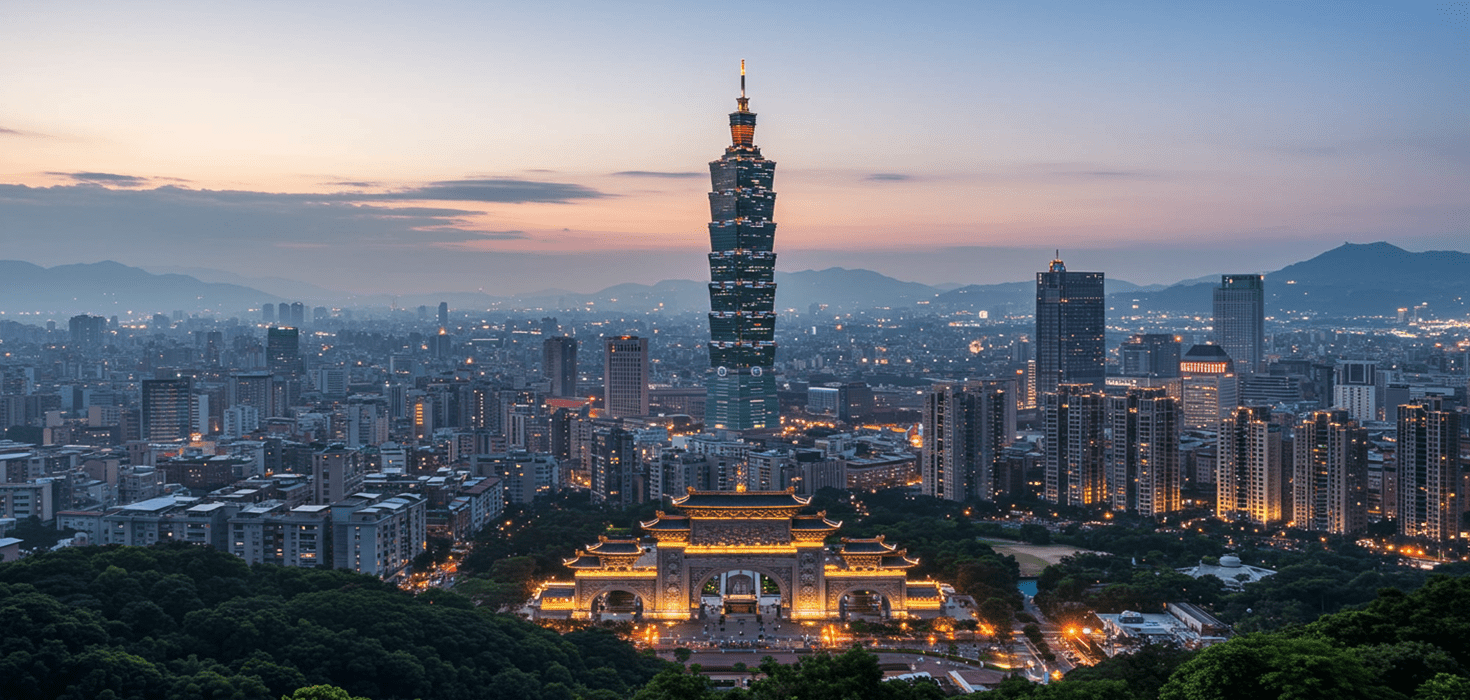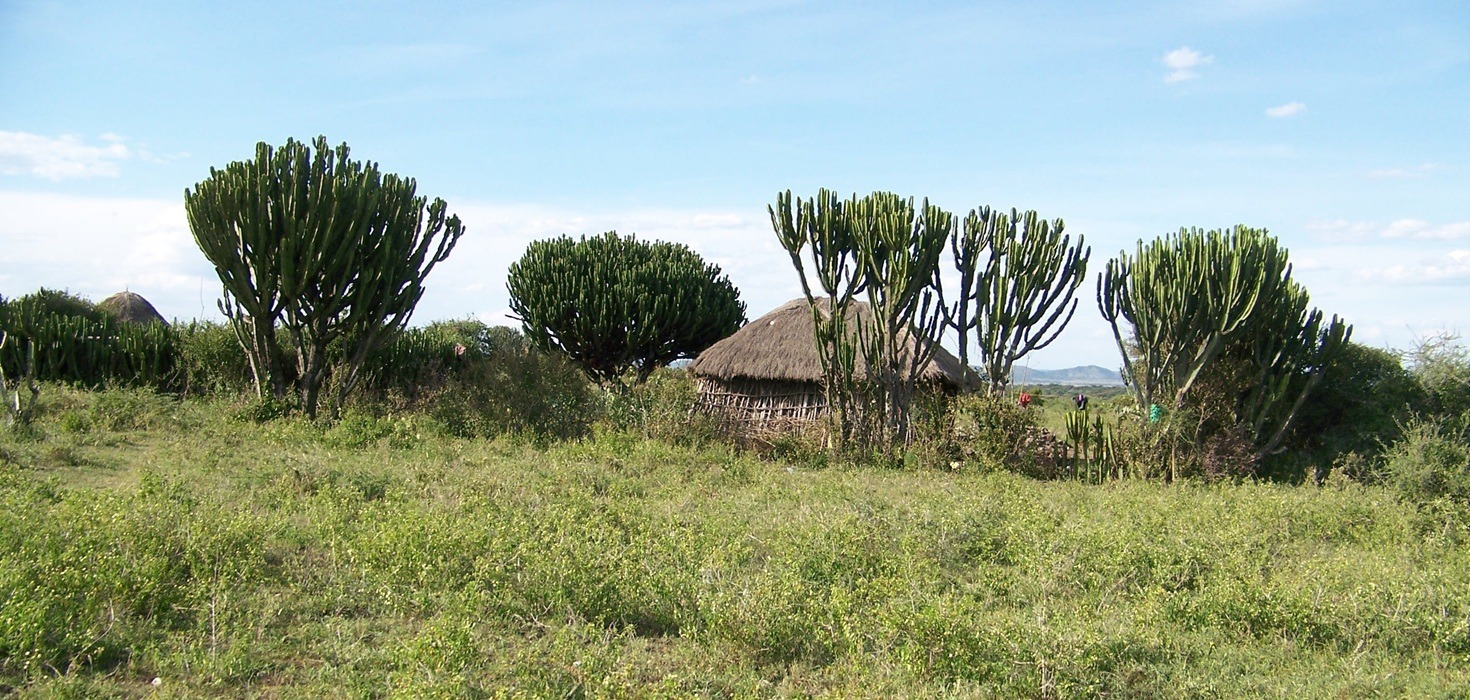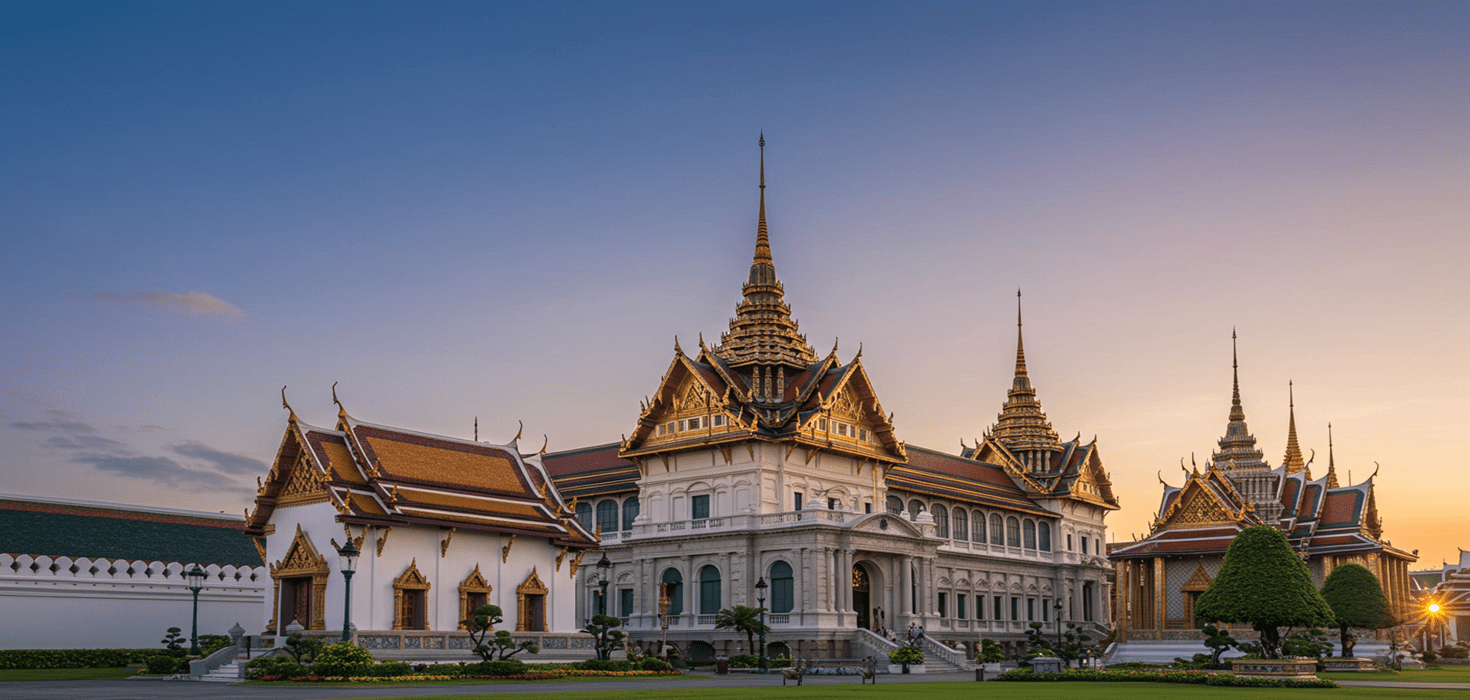Overview of Sensoji Temple: A Must-Visit in Tokyo
Welcome to Sensoji Temple, Tokyo’s oldest and most cherished temple! Nestled in the heart of Asakusa, this iconic site is not just a feast for the eyes, but a treasure trove of history and culture that beckons travelers from around the globe. Established in 645 AD, Sensoji Temple is dedicated to Kannon, the Goddess of Mercy, and has been a beacon of hope and spirituality for centuries. With its stunning architecture, vibrant atmosphere, and rich traditions, it’s no wonder that Sensoji Temple holds a special place in the hearts of locals and visitors alike.
As you stroll through the temple grounds, you’ll be swept away by the stories that echo through its ancient walls. Legend has it that two fishermen discovered a statue of Kannon in the nearby Sumida River, leading to the temple’s creation. This captivating tale is just one of many that highlight the temple’s historical significance. Sensoji Temple is not just a place of worship; it’s a cultural hub that hosts a variety of local festivals throughout the year, drawing crowds who come to witness traditional rituals and vibrant celebrations. From the Sanja Matsuri in May to the New Year celebrations, each event brings the temple to life in a way that truly captures the spirit of Japan.
As you plan your visit, prepare to immerse yourself in a world where history meets culture. Whether you’re wandering through the iconic Kaminarimon Gate or exploring the bustling Nakamise-dori shopping street, every corner of Sensoji Temple offers a unique glimpse into Japan’s rich heritage. This is more than just a sightseeing stop; it’s an experience that connects you with the very essence of Tokyo.
Sensoji Temple Hours: When to Visit for the Best Experience
Timing is everything, especially when it comes to visiting Sensoji Temple! The temple is open 24 hours a day, making it a fantastic spot to explore at your own pace. However, for those looking to soak in the full experience, knowing the sensoji temple hours for the main buildings is essential. The main hall and the five-story pagoda are open from 6:00 AM to 5:00 PM, giving you ample time to explore during the day.
But wait! If you’re a night owl or simply want to experience the temple in a different light, consider a sensoji temple night visit. The temple grounds are beautifully illuminated after dark, creating a magical atmosphere that transforms the space into a serene retreat away from the city’s hustle and bustle. Just imagine capturing stunning photos with the temple bathed in soft, warm lights—it’s a photographer’s dream!
To avoid the crowds, aim for early morning visits or late evenings. The sensoji temple crowd levels tend to peak around midday, especially on weekends and during holidays. If you can, try to visit on a weekday or during off-peak hours for a more tranquil experience. This way, you can fully appreciate the temple’s beauty without the hustle and bustle of large crowds.
With its seamless blend of history, culture, and spirituality, Sensoji Temple is a destination that promises to leave a lasting impression. So grab your camera, lace up your walking shoes, and prepare for an unforgettable adventure in Tokyo’s most beloved temple!
Capturing the Magic: Sensoji Temple Photography Tips
Are you ready to snap some unforgettable shots at Sensoji Temple? This stunning site is a photographer’s paradise, offering countless opportunities to capture its beauty in different lights and angles. Whether you’re an amateur or a seasoned pro, here are some top photography tips to help you make the most of your visit!
Best Spots for Photography
Start your photography adventure at the Kaminarimon Gate, the grand entrance to Sensoji Temple. This iconic gate, adorned with a massive red lantern, is particularly breathtaking at sunrise when the soft morning light casts a warm glow. If you’re lucky, you might catch a few locals making their way to the temple, adding an authentic touch to your shots.
As you wander through Nakamise-dori, the vibrant shopping street leading to the temple, you’ll find colorful stalls selling traditional snacks and souvenirs. Capture the hustle and bustle as vendors call out to passersby, creating a lively atmosphere perfect for candid shots. Don’t forget to try some of the delicious snacks while you’re there—your taste buds will thank you!
Timing is Everything
For those magical sunset shots, the best spot is from the temple grounds, where you can frame the pagoda against the setting sun. The warm hues of dusk create a dreamy backdrop that will add depth to your photos. If you’re planning a sensoji temple sunset visit, arrive a bit earlier to secure your spot and experiment with different angles.
Photography Techniques
When photographing the intricate details of the temple’s architecture, consider using a wide-angle lens to capture the grandeur of the structures. For close-ups of the beautiful decorations and statues, a macro lens will help you focus on the fine details. Don’t shy away from experimenting with different perspectives—try shooting from low angles to emphasize the height of the pagoda or capturing reflections in nearby water features.
Apps like Lightroom or Snapseed can help you edit your photos on the go, enhancing colors and correcting exposure. Remember to keep your camera steady for those crisp shots; a tripod can be your best friend, especially during low-light conditions.
Exploring Nearby Attractions: A Full Day in Asakusa
After soaking in the serene beauty of Sensoji Temple, why not extend your adventure by exploring the vibrant Asakusa district? This area is rich in cultural experiences, delicious food, and fascinating attractions that are sure to enhance your visit!
Must-See Attractions
Just a stone’s throw away from Sensoji Temple is the majestic Asakusa Shrine. This Shinto shrine is often less crowded and offers a peaceful atmosphere to reflect on your day. The contrast between the shrine’s simplicity and the ornate Sensoji Temple makes for a compelling exploration.
Don’t miss the Tokyo Skytree, which is a short train ride away. Standing at 634 meters, it’s the tallest structure in Japan and offers breathtaking panoramic views of the city. The observation decks provide a fantastic opportunity for stunning skyline shots, especially at sunset.
Local Eateries and Shops
After a day of sightseeing, treat yourself to some local delicacies! The streets around Sensoji Temple are dotted with food stalls offering tasty treats like melon bread, ningyo-yaki (small cakes filled with red bean paste), and yakitori (grilled chicken skewers). For a sit-down meal, head to one of the nearby restaurants serving traditional Japanese cuisine, where you can savor dishes like tempura and soba.
For shopping enthusiasts, Nakamise-dori is a treasure trove of souvenirs. From traditional crafts to quirky trinkets, you’re sure to find something special to take home. Don’t forget to haggle a bit; it’s all part of the fun!
Culinary Delights: Local Food and Dining Near Sensoji
If you think the sights of Sensoji Temple are mouthwatering, wait until you taste the local cuisine! Asakusa is famous for its delicious street food and traditional dining options that will tantalize your taste buds.
Must-Try Local Dishes
Start with the iconic kaminari-okoshi, a sweet rice cracker that’s a local specialty. This crunchy treat is perfect for munching as you stroll through the temple grounds. For something heartier, try ankoro mochi, a chewy rice cake filled with sweet red bean paste. You can find these delightful snacks all along Nakamise-dori, making it easy to indulge!
For a sit-down meal, consider visiting one of the traditional kaiseki restaurants nearby. These establishments offer a multi-course dining experience that showcases seasonal ingredients and exquisite presentation. It’s a fantastic way to immerse yourself in Japanese culinary culture.
Seasonal Food Options
Visiting during a festival? Lucky you! Seasonal foods are often available during these events. For instance, during the Sanja Matsuri in May, you might find special festival foods like yakisoba (fried noodles) and takoyaki (octopus balls) being sold by vendors. It’s a delicious way to celebrate the local culture!
Festivals and Events at Sensoji Temple: A Year-Round Celebration
Sensoji Temple isn’t just a historical site; it’s a lively hub of cultural events and festivals throughout the year! Each occasion brings a unique flavor to the temple, making your visit even more special.
Major Festivals
The Sanja Matsuri, held in May, is one of the most famous festivals at Sensoji Temple. This lively event features a parade of portable shrines, traditional music, and vibrant costumes. The energy is infectious, and witnessing the locals celebrate their heritage is an experience you won’t forget!
In the winter months, the New Year celebrations attract thousands of visitors who come to pray for good fortune. The atmosphere is filled with excitement, and you can enjoy traditional foods and rituals as you join the locals in welcoming the new year.
What to Expect During Each Season
Each season brings its own charm to Sensoji Temple. In spring, cherry blossoms bloom around the temple, creating a picturesque scene that’s perfect for photography. Summer offers lively festivals and fireworks, while autumn showcases colorful foliage. Winter transforms the temple into a serene wonderland, especially during the New Year celebrations.
Visiting during these events not only enhances your experience but also allows you to connect with the local community. Many visitors share heartwarming stories of the friendships they’ve made during these celebrations, adding a personal touch to their travels.
Practical Travel Tips for Visiting Sensoji Temple
Ready to visit Sensoji Temple? Here are some practical travel tips to ensure a smooth and enjoyable experience!
Accessibility and Transportation
Sensoji Temple is easily accessible by public transportation. The Asakusa Station is just a short walk away, serviced by both the Tokyo Metro and the Toei Subway. If you’re coming from other parts of Tokyo, consider taking the Tsukuba Express for a quick ride. For those who prefer a more scenic route, you can hop on a river cruise that takes you along the Sumida River, offering stunning views of the city.
Admission Fee and Etiquette
The best part? Admission to Sensoji Temple is free! However, donations are welcomed to help maintain the temple. When visiting, be sure to follow local customs—remove your shoes when entering the inner sanctum, and be respectful during prayer times. It’s a place of worship, after all!
Common Questions and Concerns
First-time visitors often wonder about the best times to visit. Early mornings or late afternoons are ideal for avoiding crowds. If you have any specific questions, don’t hesitate to ask the friendly staff on-site; they’re always happy to help!
Unique Experiences: Guided Tours and Cultural Activities
For those looking to enhance their visit, consider joining a guided tour of Sensoji Temple. These tours often provide deeper insights into the temple’s history and significance, making your experience even more enriching.
Guided Tours
Many local guides offer tours that include not just Sensoji Temple, but also surrounding attractions. You’ll learn fascinating stories and facts that you might miss on your own. Plus, having a guide means you can ask questions and get personalized recommendations for your time in Asakusa!
Cultural Activities
For a truly immersive experience, look into cultural activities like kimono rentals. Walking around Sensoji Temple dressed in traditional attire adds a magical touch to your visit. Many rental shops are located near the temple, making it easy to find the perfect outfit for your adventure.
Don’t forget to capture those moments in your kimono against the stunning backdrop of the temple! It’s a fantastic way to create memories that will last a lifetime.
Seasonal Travel Insights: Best Times to Experience Sensoji
Planning your visit around seasonal events can elevate your experience at Sensoji Temple. Here’s a quick guide to what each season has to offer!
Spring
Spring is cherry blossom season, and the temple grounds are adorned with beautiful pink blooms. It’s a popular time for hanami (flower viewing) picnics, so expect larger crowds. Arriving early in the morning can help you snag a prime spot for photos.
Summer
Summer brings lively festivals, including the Sanja Matsuri. The atmosphere is electric, with parades and traditional performances. Just be prepared for the heat, and stay hydrated!
Autumn
As the leaves change color, Sensoji Temple becomes a canvas of stunning autumn hues. This is a great time for photography, as the backdrop is simply breathtaking.
Winter
Winter at Sensoji Temple is serene, with fewer crowds. The New Year celebrations are a must-see, as locals flock to the temple to pray for good fortune. It’s a magical time to visit, with festive decorations and seasonal treats available.
Safety and Health Guidelines for Visitors
Your safety is important while visiting Sensoji Temple. Here are some guidelines to keep in mind:
Health Guidelines
As with any public space, it’s wise to follow local health regulations. Keep hand sanitizer handy, especially after interacting with public surfaces. Wearing a mask in crowded areas may still be recommended, so check the latest guidelines before your visit.
General Safety Tips
Be aware of your surroundings, especially in crowded areas. Keep your belongings secure and be cautious of pickpockets. If you’re visiting during the evening, stick to well-lit areas and travel in groups whenever possible.
By following these guidelines, you can enjoy a worry-free visit to one of Tokyo’s most beloved landmarks!
Commonly Asked Questions (FAQs) About Sensoji Temple
Here are some frequently asked questions to help you prepare for your visit:
What are the visiting hours for Sensoji Temple?
Sensoji Temple is open 24 hours a day, but the main hall and pagoda are accessible from 6:00 AM to 5:00 PM.
Is there an admission fee?
No, admission to Sensoji Temple is free, but donations are appreciated!
What is the best time to visit to avoid crowds?
Early mornings and late afternoons are ideal for a more peaceful experience. Weekdays tend to be less crowded than weekends.
Are there any cultural etiquette tips I should know?
Yes! Be respectful during prayer times, and remove your shoes when entering sacred areas. It’s also polite to bow slightly when making a wish.
Fun Facts About Sensoji Temple
Did you know that Sensoji Temple has some fascinating stories and trivia? Here are a few fun facts that will impress your friends!
Interesting Trivia
Sensoji Temple was originally built in 645 AD, making it Tokyo’s oldest temple. The temple’s iconic Kaminarimon Gate features a giant red lantern that weighs about 400 kg!
Another fun fact: The temple has survived several disasters, including World War II bombings, and has been rebuilt with care to preserve its historical significance.
Engaging Anecdotes
Many visitors share stories of their experiences at Sensoji Temple, from witnessing traditional ceremonies to participating in local festivals. These personal tales add a rich layer to the temple’s history, making it a living part of Tokyo’s culture.
Making the Most of Your Visit to Sensoji Temple
With its rich history, vibrant culture, and stunning architecture, Sensoji Temple is a must-visit destination in Tokyo. From capturing breathtaking photos to indulging in delicious local cuisine, your time at this iconic site will be filled with unforgettable moments.
So, lace up your walking shoes, grab your camera, and get ready to explore the heart of Asakusa. Whether you’re a history buff, a foodie, or just looking to soak in the local culture, Sensoji Temple has something for everyone. Don’t forget to share your adventures with fellow travelers and inspire them to discover the magic of this beloved temple!

